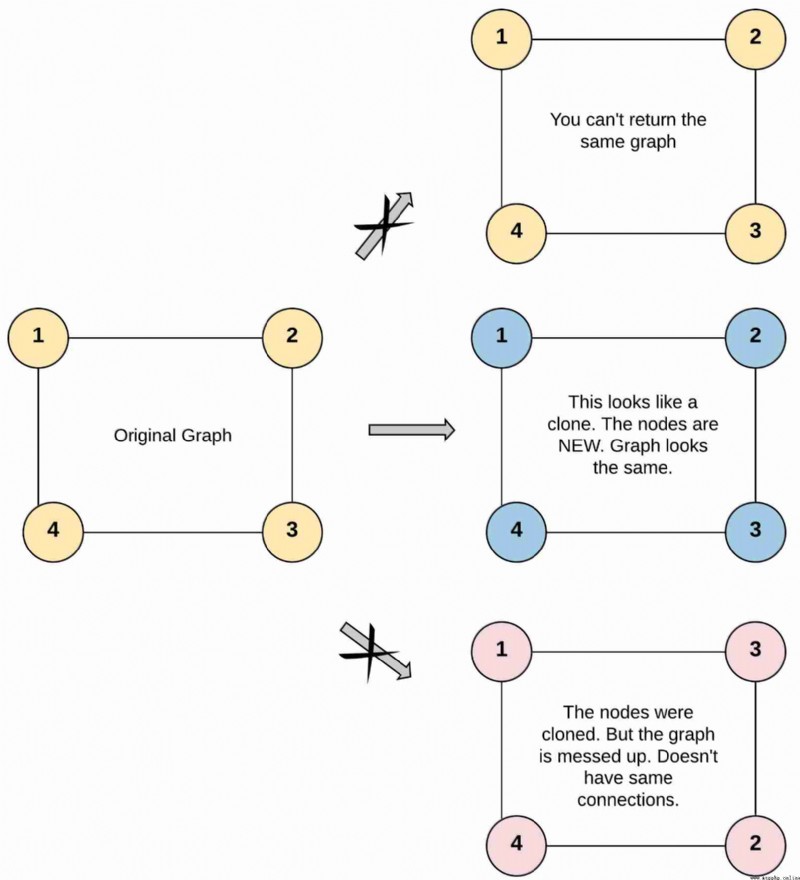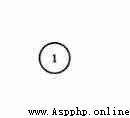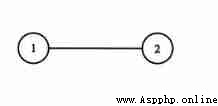Give you no direction connected A reference to a node in the graph , Please go back to Deep copy ( clone ).
Each node in the graph contains its value val(int) List of neighbors (list[Node]).
class Node {
public int val;
public List<Node> neighbors;
}Test case format :
Simplicity , Each node has the same value as its index . for example , The first node value is 1(val = 1), The second node value is 2(val = 2), And so on . The diagram uses adjacency lists to represent .
Adjacency list Is a set of unordered lists used to represent finite graphs . Each list describes the neighbor set of nodes in the graph .
A given node will always be the first node in the graph ( The value is 1). You have to Copy of a given node Returns... As a reference to the clone graph .
Example 1:

Input :adjList = [[2,4],[1,3],[2,4],[1,3]] Output :[[2,4],[1,3],[2,4],[1,3]] explain : The picture shows 4 Nodes . node 1 The value of is 1, It has two neighbors : node 2 and 4 . node 2 The value of is 2, It has two neighbors : node 1 and 3 . node 3 The value of is 3, It has two neighbors : node 2 and 4 . node 4 The value of is 4, It has two neighbors : node 1 and 3 .
Example 2:

Input :adjList = [[]] Output :[[]] explain : The input contains an empty list . The graph has only one value of 1 The node of , It doesn't have any neighbors .
Example 3:
Input :adjList = [] Output :[] explain : This picture is empty , It does not contain any nodes .
Example 4:

Input :adjList = [[2],[1]] Output :[[2],[1]]
Tips :
Node.val It's all unique ,1 <= Node.val <= 100.class Node:
def __init__(self, val=0, neighbors=[]):
self.val = val
self.neighbors = neighbors
class Solution:
def cloneGraph(self, node: "Node") -> "Node":
marked = {}
def dfs(node):
if not node:
return node
if node in marked:
return marked[node]
clone_node = Node(node.val, [])
marked[node] = clone_node
for neighbor in node.neighbors:
clone_node.neighbors.append(dfs(neighbor))
return clone_node
return dfs(node)